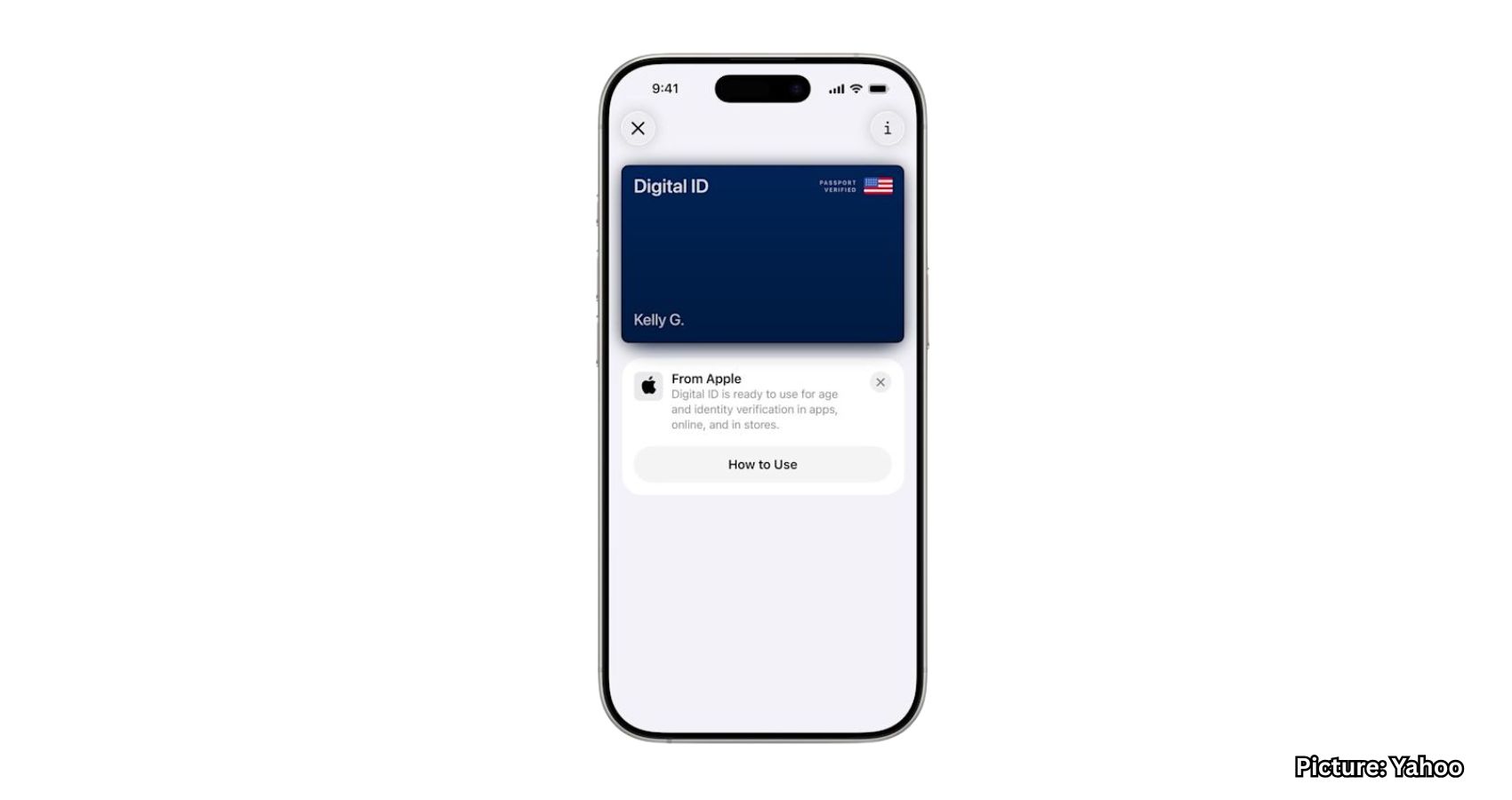The familiar navy-blue U.S. passport booklet might soon become less necessary—at least during the first part of your trip. This summer, the Transportation Security Administration (TSA) quietly began accepting digital U.S. passports stored in Apple Wallet and Google Wallet. This allows travelers to tap their phones at TSA identity checkpoints instead of pulling out a physical document.
However, there’s a catch: this digital convenience currently works only at select domestic checkpoints. So for now, travelers are advised not to leave the paper booklet behind.
When it comes to defining a “digital passport,” both Apple and Google use their own terminology. Apple categorizes it under “Digital ID,” while Google refers to it as an “ID pass.” Regardless of the branding, the enrollment process for both is nearly identical. Users open their respective wallet app, select the option to add an ID, scan the data page of their passport, hold the phone near the passport’s NFC chip, and then record a short selfie video. Once submitted, the encrypted digital credential is stored in the device’s secure element, the same hardware used to protect tap-to-pay features.
Google introduced passport storage in September 2024, promoting the benefit as “no more juggling documents at TSA.” Apple responded at its Worldwide Developers Conference (WWDC) on June 9, announcing that iOS 26 would include the same functionality starting in the fall, available on iPhone XS and newer models. This development brings both tech ecosystems into alignment, particularly valuable for frequent travelers who use both platforms.
The TSA’s adoption of digital IDs now includes more than 250 airport checkpoints across major travel hubs, ranging from Boston to Los Angeles. At these locations, travelers can simply tap their phones, which then brings up a consent screen. Upon approval, the traveler’s face appears on the TSA officer’s tablet and is matched to the passport photo stored in the digital ID.
Still, the TSA urges travelers to “carry a physical and acceptable form of ID” with them. This is because not all security lanes have been updated with the necessary scanners, and some officers continue to verify identification manually with physical documents.
It’s also important to remember that a TSA checkpoint, even at an international airport like JFK, only gets you partway through your journey. For international travel, U.S. Customs and Border Protection (CBP) and foreign immigration authorities still require machine-readable physical passports and visas that conform to standards set by the International Civil Aviation Organization (ICAO). Until CBP updates its systems to accept digital wallet-based credentials, your smartphone won’t suffice for border crossings. Officials have indicated that a pilot program might be in development, though no specific timeline has been announced.
As of now, the system is available to any U.S. passport holder using a smartphone running Android 9 or later, or an iPhone with the iOS 26 beta installed. However, these travelers will only find functioning digital ID scanners at airports participating in the TSA’s digital ID pilot, which currently accounts for around 80 percent of domestic air travel.
Additionally, residents in 15 states can already add a mobile driver’s license to their digital wallet. The TSA confirms that these mobile licenses will remain valid once the Real ID enforcement deadline takes effect in 2026.
The TSA has made it clear that its officers only view essential data through the digital ID system: namely the traveler’s name, photo, and date of birth. Notably, they do not see the passport number or the address. Both Apple and Google ensure the credential remains offline within secure, tamper-resistant hardware on the device, requiring biometric authentication—either Face ID or fingerprint—to access. If a phone’s battery dies in line, the fallback is the same as when an e-boarding pass fails to load: paper and plastic are still necessary backups.
For those ready to enroll, the process follows a straightforward five-step setup:
- Open the Wallet app and select the Add to Wallet option
- Choose either ID pass or Digital ID
- Use the phone’s camera to scan the passport’s photo page
- Hold the phone against the passport cover to read the NFC chip
- Record the prompted selfie video and wait for approval
While the process is simple, it hasn’t been entirely smooth for everyone. Some travelers have experienced delays when encountering TSA agents unfamiliar with the new system. Moreover, if a traveler has a connecting international flight, gate agents continue to require physical passports before allowing boarding. Therefore, the digital passport should be treated as a convenience—“a speed pass”—rather than a full replacement for the physical document.
The Department of Homeland Security (DHS) acknowledges that for full international adoption of mobile passports, there would need to be new international agreements as well as upgrades to automated border control gates, or e-gates. Apple, looking ahead, hinted at a future where “instant renewals” could automatically update a passport inside the Wallet as soon as it’s approved. With over 20 states now working to issue mobile driver’s licenses, the need to carry a bulky ID pouch may soon become a thing of the past.
Despite these advances, some travel rules remain unchanged. Whether you’re going digital or sticking with paper, one golden rule still applies: always keep your ID readily accessible. For now, the wisest strategy is to maintain your passport in both digital and physical forms—use your phone for speedy TSA checks, but keep the booklet in your pocket for everything else, especially overseas travel.

